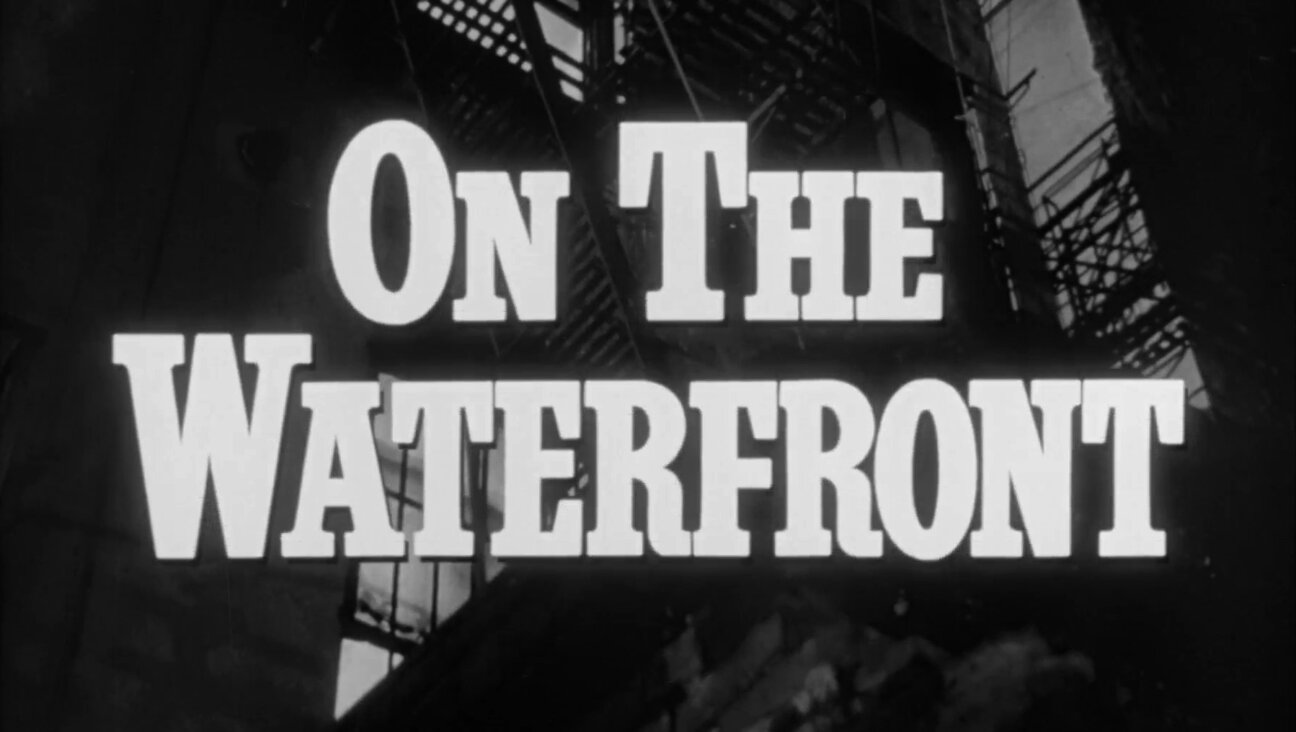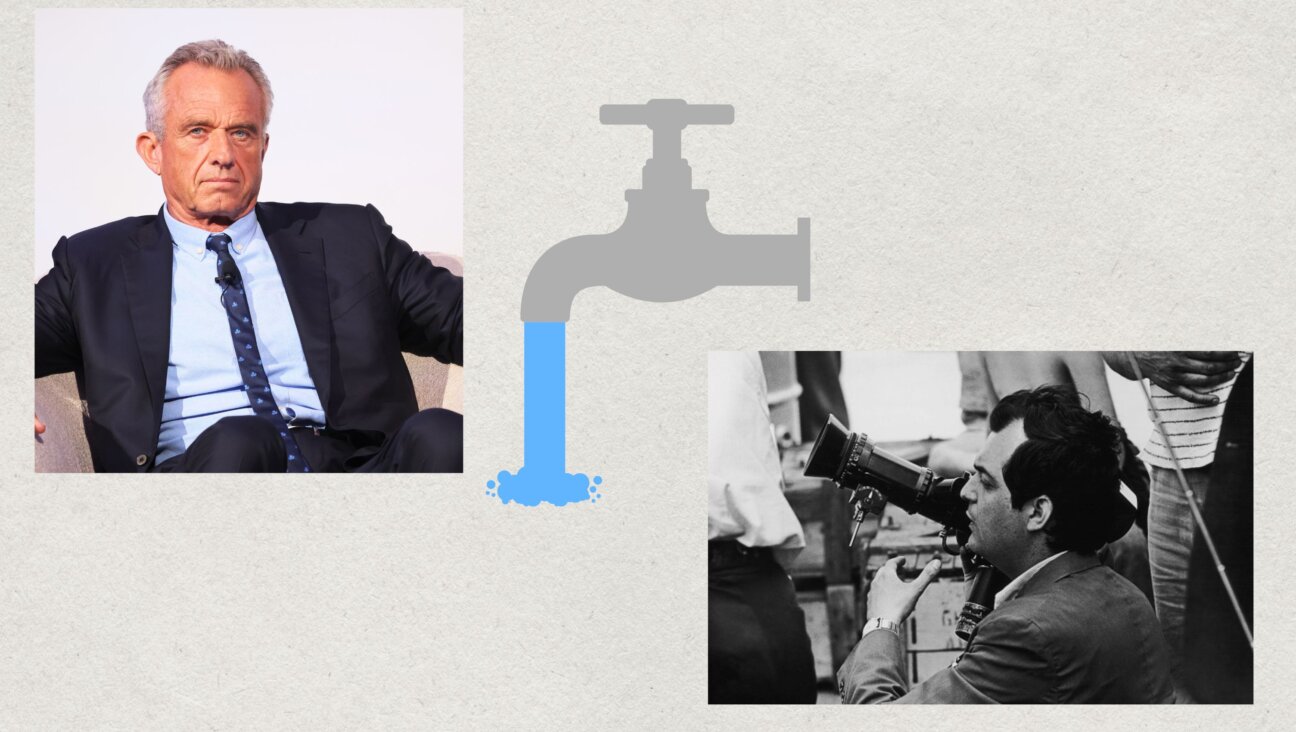Hollywood’s Women Problem
While we have been busy looking at women in magazines, Martha Lauzen, executive director of the Center for the Study of Women in Television and Film at San Diego State University has been tracking the rather sluggish growth of women in Hollywood. The Center just released its annual report, “The Celluloid Ceiling: Behind-the-Scenes Employment of Women on the Top 250 Films of 2010” and the numbers are dismal.
According to the report, women made up just 7% of directors, 10% of writers, 15% of executive producers, 24% of producers, 18% of editors and 2% of cinematographers. That means roughly that only 16% of Hollywood bigwigs are women — sadly, a 1% decline from 1998.
In her report made public on the Women’s Media Center website, Lauzen writes that some industry insiders explain this disparity by saying that fewer women are interested in working in film, but she says that simply isn’t true and has film school enrollment to back her up. Others explain the lack of women by suggesting that men are, well, better, as evidenced by their bigger box-office success. Lauzen says men earn more at the box office because their films get bigger budgets, and that studies show that films with similar budgets, regardless of who makes them, fair similarly at the box office.
Lauzen has some good recommendations for correcting this imbalance, that is clearly not correcting itself:
Blatant denial of women’s low numbers is not unheard of at industry panels and public events. When confronted with the statistics, I’ve heard powerful individuals proclaim that the numbers must simply be wrong or that they somehow don’t accurately reflect women’s representation. The use of such a strategy enables them to abdicate any responsibility for perpetuating the status quo while preempting calls for change.
Given this denial at the individual level and the industry’s track record, it is unlikely that the film business will change of its own accord. Presenting the issue to legislators—perhaps in the form of congressional hearings—may be one strategy to effect real change. The goal of such a forum could be an agreement on the part of the studios to re-evaluate their choice of projects and employment practices, and to implement programs to increase the numbers of women who direct, write, and shoot. Anticipating cries of censorship from the studios, employing a more diverse set of individuals behind the scenes hardly seems like an attempt to narrow the points of view expressed in film. To the contrary, such a move is likely result in a greater variety of characters and content.
Another strategy might involve obtaining pledges from industry groups and/or private funds to initiate a coordinated incentive program for those studios employing higher percentages of behind-the-scenes women on their films. Major marketers of products for women might also be encouraged to make product placement deals with those studios and films employing higher percentages of women in powerful behind-the-scenes roles.
In the end, the victories—large and small—of any woman working in the film business are a cause for celebration and source of encouragement for women who make films. When films employ women in powerful behind-the-scenes positions, the research shows that they make a difference. Women tend to hire women for other behind-the-scenes positions in greater numbers than men, and their films feature more female characters. Unfortunately, these women are still too few in number to level the uneven playing field that is Hollywood. Perhaps public hearings and incentive programs could motivate the change that is long overdue.
A message from our CEO & publisher Rachel Fishman Feddersen

I hope you appreciated this article. Before you go, I’d like to ask you to please support the Forward’s award-winning, nonprofit journalism during this critical time.
At a time when other newsrooms are closing or cutting back, the Forward has removed its paywall and invested additional resources to report on the ground from Israel and around the U.S. on the impact of the war, rising antisemitism and polarized discourse.
Readers like you make it all possible. Support our work by becoming a Forward Member and connect with our journalism and your community.
— Rachel Fishman Feddersen, Publisher and CEO
























